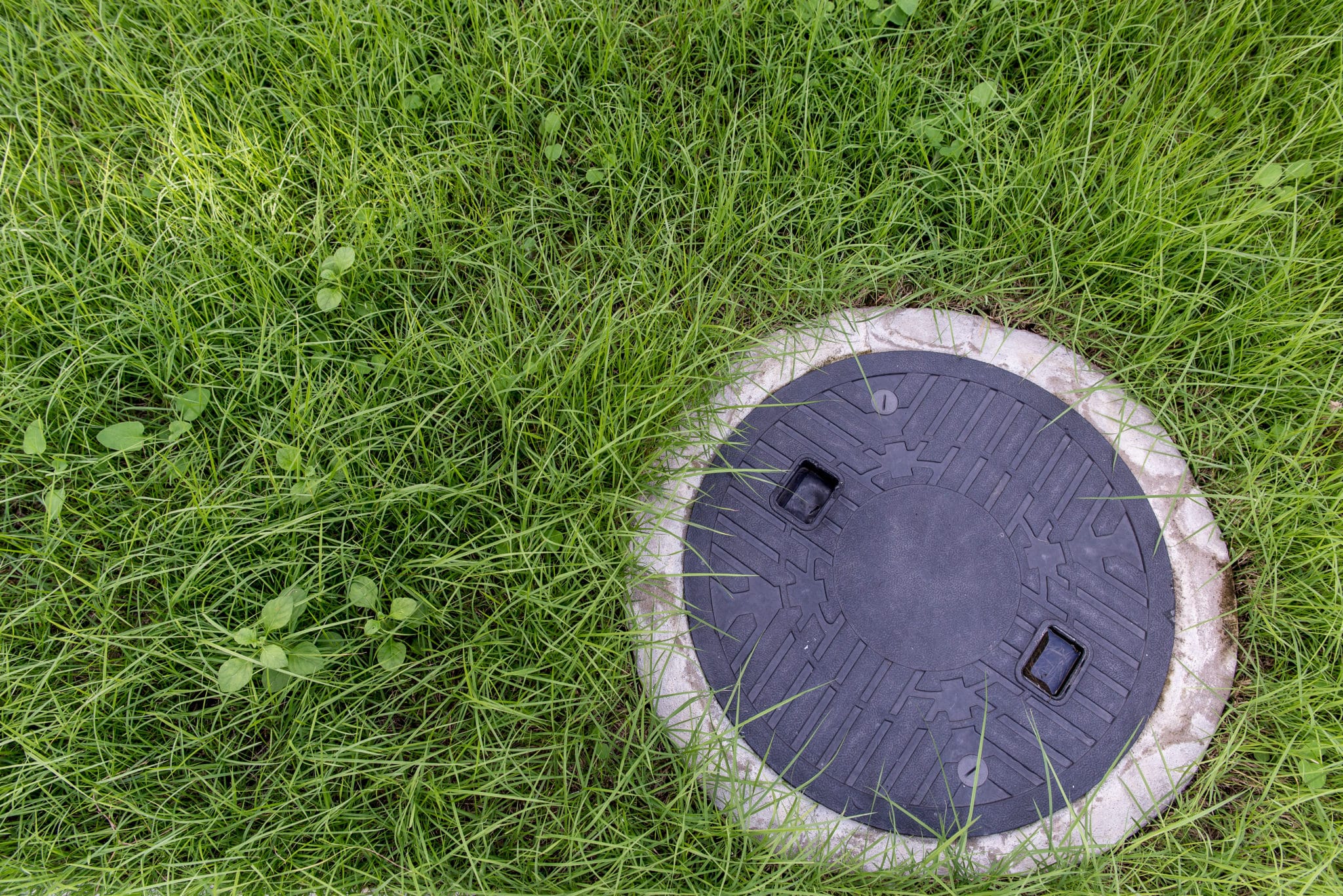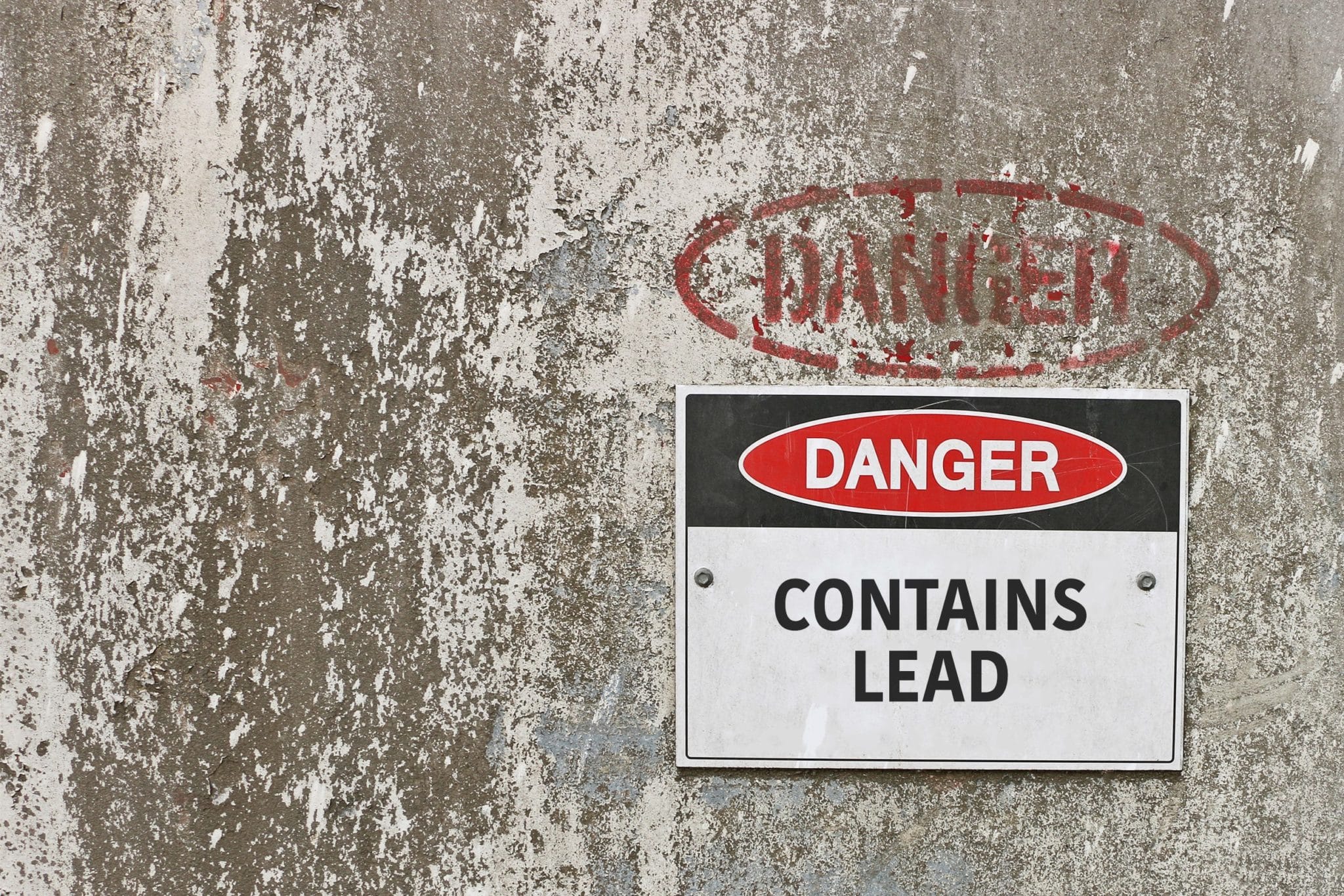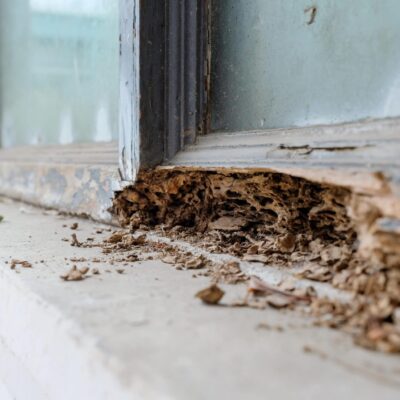Septic Inspections: An opportunity for one in every five homes
Last Updated November 27, 2023

Many home inspectors are wary of what’s lurking beyond the confines of their visual examination. Buried in the ground, septic systems can be one of the last things sellers and buyers consider during real estate transactions. But they don’t have to be.
Also known as individual onsite or small community cluster systems, septic systems treat and dispose of wastewater from houses and businesses in suburban or rural areas not serviced by centralized public sewer systems. According to the United States Environmental Protection Agency (EPA), 20 percent of households in the nation have septic systems, and about a third of all new development uses septic or other decentralized treatment systems.
Such systems are integral to residents’ health and can cost thousands of dollars to repair or replace. As such, you stand to make a significant impact on your clients’ wellbeing should you decide to offer septic inspections. And you could make an extra few hundred bucks.
Why home inspectors offer septic inspections
The following are some of the reasons home inspectors might offer septic inspections.
 1. Septic systems are more prevalent in their area.
1. Septic systems are more prevalent in their area.
The distribution and density of septic systems varies widely by region and state, reports the U.S. Bureau of the Census to the EPA.
While septic systems service only 10 percent of California properties, the systems service 55 percent in Vermont. Indeed, New England has the highest proportion of homes served by septic systems, with many states reporting about half of homes being served by individual systems. The southeastern states, too, depend on septic systems, with more than 40 percent of North Carolina, Kentucky, and South Carolina homes using such systems.
Inspectors living in regions that rely upon septic systems may offer inspections to meet demand.
2. Such systems require regular inspections.
The EPA recommends that homeowners hire inspectors to examine their septic systems at least every three years. Such regular inspection requirements create an opportunity for inspectors looking to perform more periodic services.
Additionally, some regions and states, like Massachusetts, have specific requirements that mandate septic inspections during real estate transactions. Such regulations enable inspectors to tack septic inspections onto their standard home inspections. What’s more, state laws requiring septic inspections may give inspectors more material to argue the value of pre-listing inspections to sellers.
3. Identifying septic issues early can save clients money.
Whether your client is a buyer, seller, or homeowner, providing them with current information about the property’s septic system helps. If your inspection identifies issues early, your client can save thousands of dollars in repair or replacement costs. And even if you catch problems that have already developed, you’re still providing your client with valuable information that will inform their real estate transaction and potentially lead to necessary improvements.
Investments inspectors make
To perform most ancillary services, home inspectors invest in licensure, training, equipment, and endorsements.
Licensure
Most states do not require septic inspectors to have a license. But some jurisdictions, like Missouri, do. Be sure to check your state and local laws to see if your area requires licensure and what you need to do to obtain licensure.
Training
Even if training is not required in your state, taking courses to increase your knowledge of septic systems is wise. By pursuing knowledge, you qualify yourself to perform better inspections, generate more credibility in the field, and mitigate potential claims.
Equipment
Lucky for prospective septic inspectors, you don’t need any equipment to perform a septic inspection. By verifying the water level, running water flow tests, and checking for any backflow from the absorption area, inspectors can report on functionality and blockages. For those inspectors interested in flushing dye down the system to confirm from where water originates, they may purchase dye kits for less than $20.
Endorsements
An endorsement is a form that either modifies or adds coverage to your insurance policy. Most home inspection insurance policies exclude additional services like septic inspections. Thus, the insurance company will not offer coverage for those additional services without an endorsement. So, if you perform septic inspections or want defense and indemnity for related claims, you may wish to modify an existing policy exclusion with an endorsement. Typically, insurers charge a flat, annual fee around $100 for a septic endorsement.
 Limiting your liability
Limiting your liability
Below are some suggestions on how you can safeguard your business while performing septic inspections.
Get your pre-inspection agreement signed ahead of time.
For most of you, getting a contract signed is second nature. But are you getting it signed prior to the inspection 100 percent of the time? If not, you’re in jeopardy of losing your insurance coverage and gaining a potential lawsuit. Make the “pre” in “pre-inspection agreement” a priority by making sure your clients sign prior to every inspection.
Learn more about the importance of getting your contract signed ahead of time in our article “Your Pre-Inspection Agreement: Signatures.”
Protect yourself from potential health hazards.
By nature, septic systems contain dangerous waste and noxious fumes that pose potential health risks. Never put yourself in a position that puts yourself in harm’s way. Don’t enter a septic tank—even to look for cracks. Additionally, be cautious of unstable tanks that might collapse. And never pump or remove waste.
Prevent potential falls.
As noted above, the health hazards that septic systems pose make it imperative to avoid possible falls. Protect you, your team, and your clients by preventing potential falls into the tank, like Gary Youness of House To Home Complete Structure & Property Inspections, LLC in Michigan.
“Once the flow test starts, the inlet cover is replaced. Then a plywood cutout is placed over each exit side, and the exit cover is placed on that for weight,” Youness said. “This reduces the risk of anyone falling into the tank, like buyers’ kids who run wild and, many times, unattended.”
Don’t jump to conclusions.
Don’t make assumptions based on incomplete information. Checking the system’s maintenance history is important and instructive. However, it’s the sludge level that should determine whether contractors need to pump the tank again. Additionally, while a dye-flushing test can confirm where water’s originating, it cannot confirm that the septic system is functioning properly. Make sure to report on any observations you make and tests you run carefully and accurately. Overpromising and assuming can lead to claims.
Encourage your clients to keep their expectations in check, too, in your pre-inspection agreement and your reports. As with all inspections, many things can change from the time of examination to when the homeowner potentially starts seeing problems. Things like heavy snow melt, spring rains, and large moving trucks can lead to different septic conditions post-inspection.
Septic Inspections and Home Inspectors
Are septic systems common in your area? Would you like to offer a service that homeowners require regularly? Want to save your clients money?
If you answered “yes” to any of these questions, perhaps it’s time for your company to offer septic inspections.
This article was published in the ASHI Reporter in November 2021. See how this story appears in print below.






